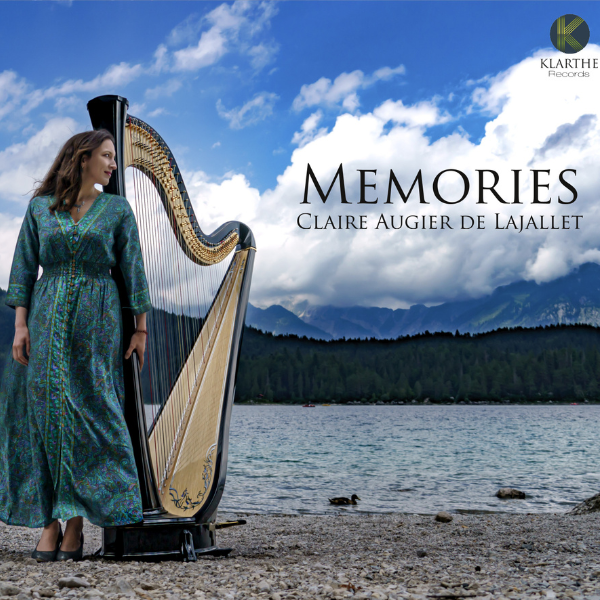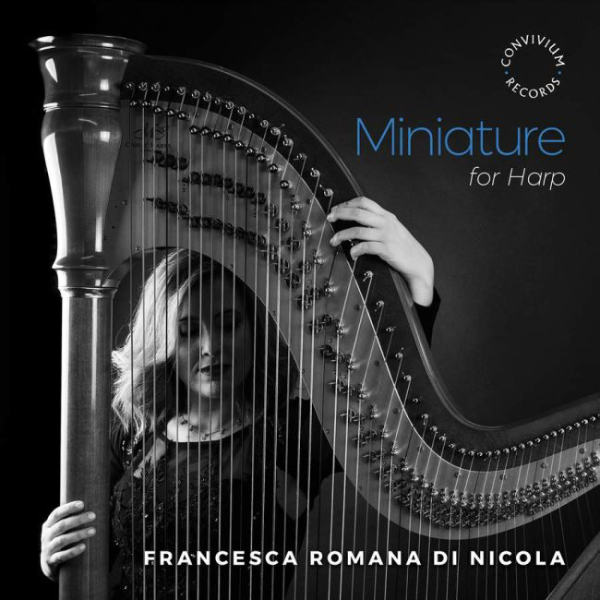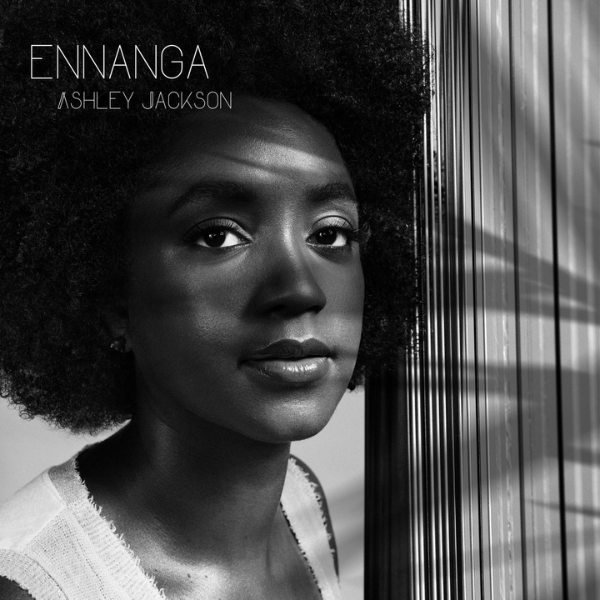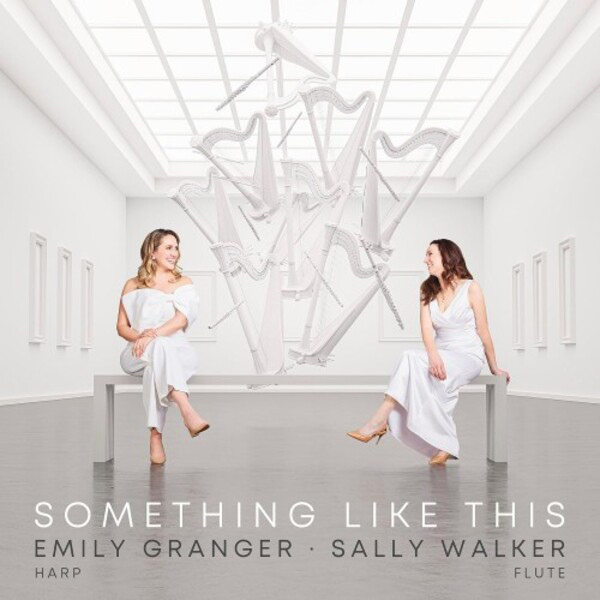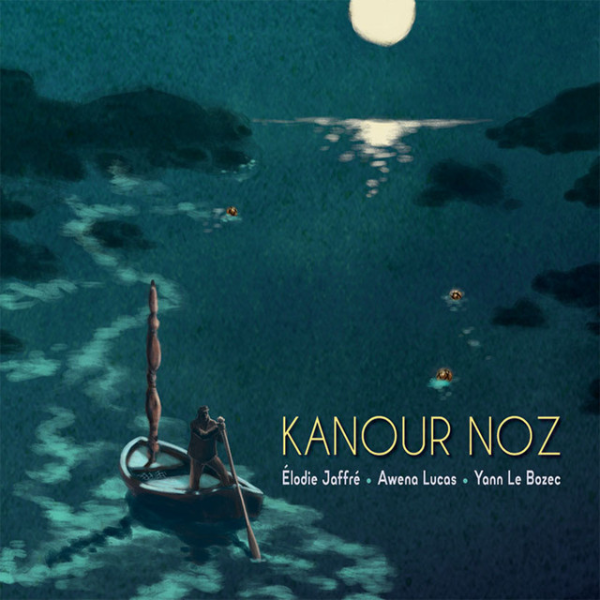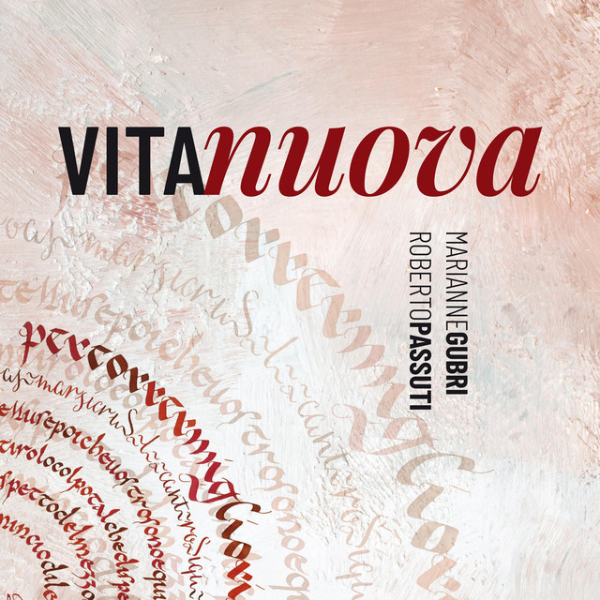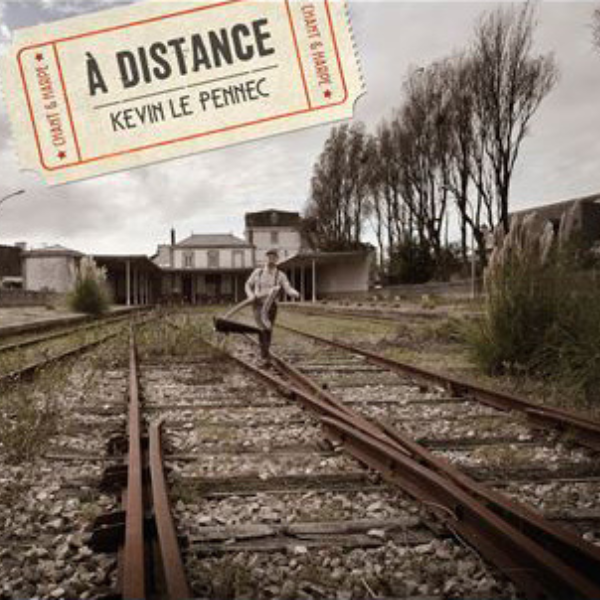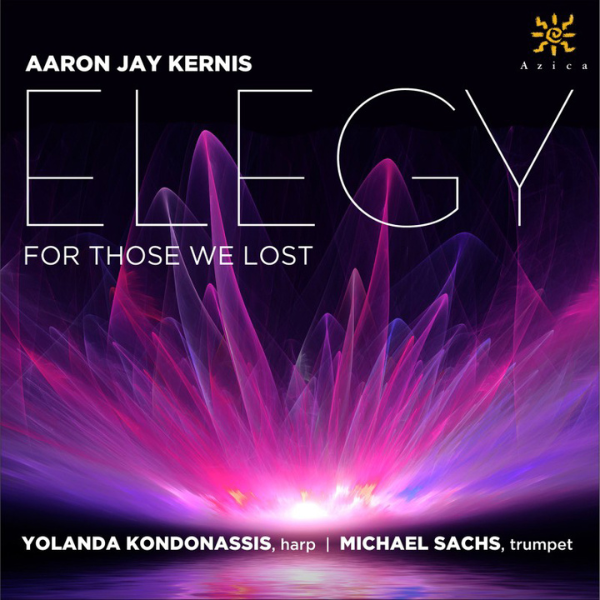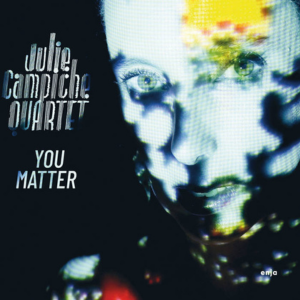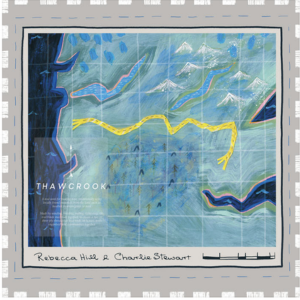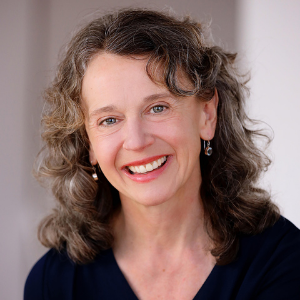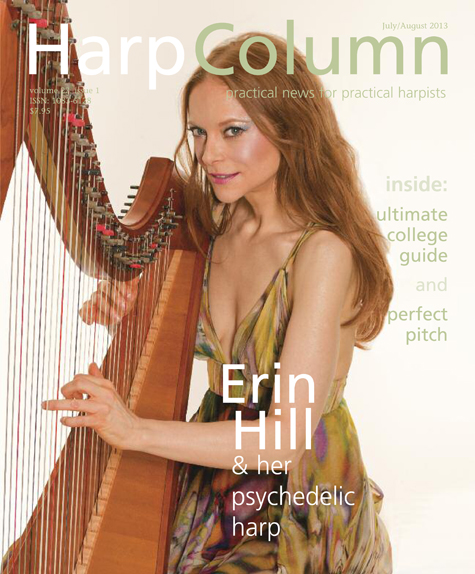
Yolanda Kondonassis, harp; Azica, 2013.
4.5 harps
(Note: recording reviews prior to 2014 were based on a 5-star system.)
I still remember like it was yesterday seeing Yolanda Kondonassis play for the first time.
We were both around 14, looking a little frumpy in our dark blue corduroy knickers and light blue oxford shirts, both students at Interlochen Arts Academy. She brushed her hair from her face, adjusted large glasses on her nose and laid the harp back on her shoulder. And with the command of a professional, she coaxed out the most beautiful sound I’d ever heard, her hands as delicate and graceful as the magic she produced in our log cabin-esque concert hall.
Yolanda’s playing has captivated my senses all these years—and through 16 recordings. As I placed headphones on to listen to her newest recording, American Harp, that feeling of being stopped in my tracks, simply breathing and basking in the music, is repeated all over again.
What is it Yolanda does? A slight pause in timing that allows us the space to catch up, a coloration in sound that is warm and complex even when the notes skip along at a fast clip, and an attention to detail that is totally committed. It all adds up to a recording so polished and thought-through it feels like an extended cadenza, rather than a sum of many parts.
Yolanda tells us that her attitude is not to see a lack of good harp repertoire, as there are many pieces that never see the concert stage. But she is discerning in her choices, favoring elegance and peace to virtuosity or even profundity.
Quoting Debussy to the American Harp Society, Yolanda speaks of the white space—“what happens between the notes”—that captures her spirit. This certainly resonates in her pace, which is more like recitative, story-telling, and something in narrative form. But it can also be seen as representing the American spirit itself of wide spaces and wide opportunities.
Stunning standouts include two world premieres, Stephen Paulus’ Berceuse and Lowell Liebermann’s Music for Harp, which shine the spotlight on Yolanda’s best assets of color, expression, and haunting line.
Completely taking me by surprise was John Cage’s ethereal and subtle In a Landscape. Yolanda weaves magic in something seemingly so simple, its depth slowly envelops us, wrapped in mystery. And if you listen to the CD in sequence, you are beautifully delivered to the most enigmatic work of all, Elliot Carter’s Bariolage referring to a type of bowing technique from the Baroque that involves quick reflexes. It is a study in timbre and possibilities, but played by Yolanda like the artist’s palette creating a work of art before our eyes.
Less successful for me was Hannah Lash’s Stalk. While close and intimate recording was absolutely necessary for the Carter and worked beautifully for the rest of the disc, I found it somewhat stark and strident in this nuanced work, and this accounts my not giving this disc a five-harp rating, which—musically—it richly deserves.
But without the aggressive, perhaps the lush would not seem so much that way. An absolutely spectacular album and a must have.







